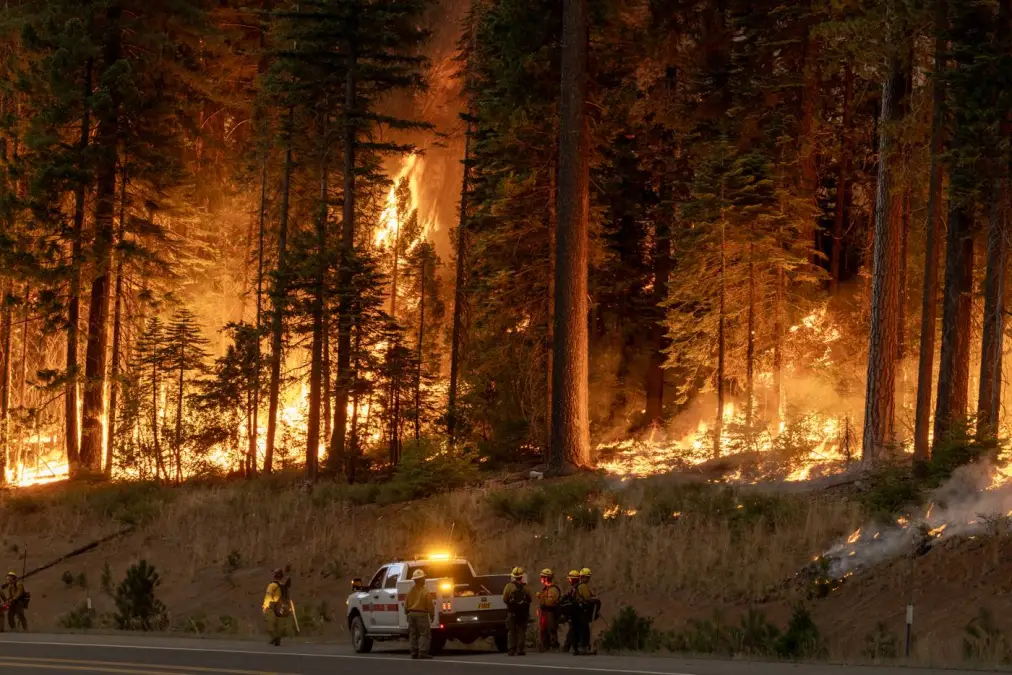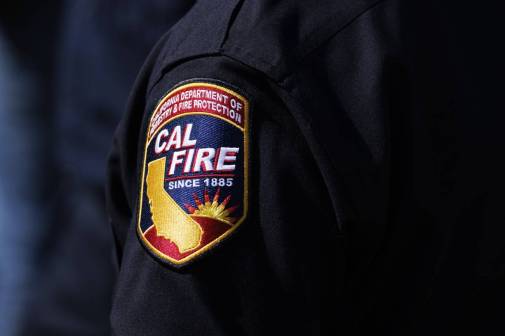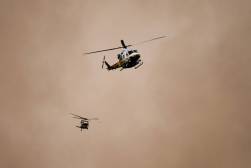California fire agency testing responder location tracking during Park Fire

The Park Fire in Northern California has spread to more than 400,000 acres, making it the fourth largest fire in the state’s history. A deputy chief with the California Department of Forestry and Fire Protection told StateScoop the blaze is providing a testing ground for a new technology that tracks the locations of first responders.
Marcus Hernandez, who leads the California fire agency’s Office of Wildfire Technology Research and Development, an organizing hub for discovering and testing new firefighting technologies, said California firefighters have tracked their vehicles for decades, but that being able to track the locations of responders on the ground is new — and useful for improving situational awareness.
“We can see where that hand crew is even when they’re miles away from where they park their vehicle,” he said. “Not only can we see where they are, but we can see it on the platform we already utilized.”
Authorities suspect the Park Fire was started on July 24 by a 42-year-old man who pushed a flaming car into a gully in Butte County’s Upper Bidwell Park. So far, three injuries and no deaths have been reported, though more than 4,000 people have been ordered to evacuate the region and hundreds of buildings have been destroyed.
Hernandez said the location-tracking technology is being tested by a crew from Tulare County, California, that’s assisting with the Park Fire that now burns in Butte, Plumas, Shasta and Tehama counties, north of Chico.
“It’s much better to see a dot on the map and say, I know what they’re talking about. I know which ridgeline. I know which structure they say they need help with. I know what street they’re on,” he said. “Large incidents require multiple public service agencies to come together from areas outside that area.”
Hernandez said his R&D office does some of its own testing, but that much of its work since being opened in March 2023 consists of meeting with outside researchers and collecting information on challenges faced by fire crews. It also explores the research of private industry and other government agencies, like NASA and the U.S. Forest Service.
Asked about the most promising firefighting technologies being developed today, Hernandez pointed to a project by the nonprofit coalition Earth Fire Alliance, which is attempting to use a flock of 50 low-earth orbit satellites to disseminate real-time data on fires blazing around the globe.
He also pointed to NASA, which he said continually publishes new research of firefighting technologies that could assist California in its ever-lengthening wildfire season. These and other technologies, along with the emerging needs of first responders, are discussed in meetings held by the office’s advisory board, which Hernandez said will hold its next quarterly meeting on August 14.
When the California Office of Wildfire Technology Research and Development does its own testing, he said, it starts in a lab before testing in controlled fires and then wildfires. He said the efficacy of new technologies must be proven before they’re placed in the hands of those working in the field.
“When it comes to public safety, something working 51% of the time, 90% of the time is just not good enough,” he said.
Full audio of the interview with Hernandez will be published Wednesday as part of StateScoop’s Priorities Podcast.






